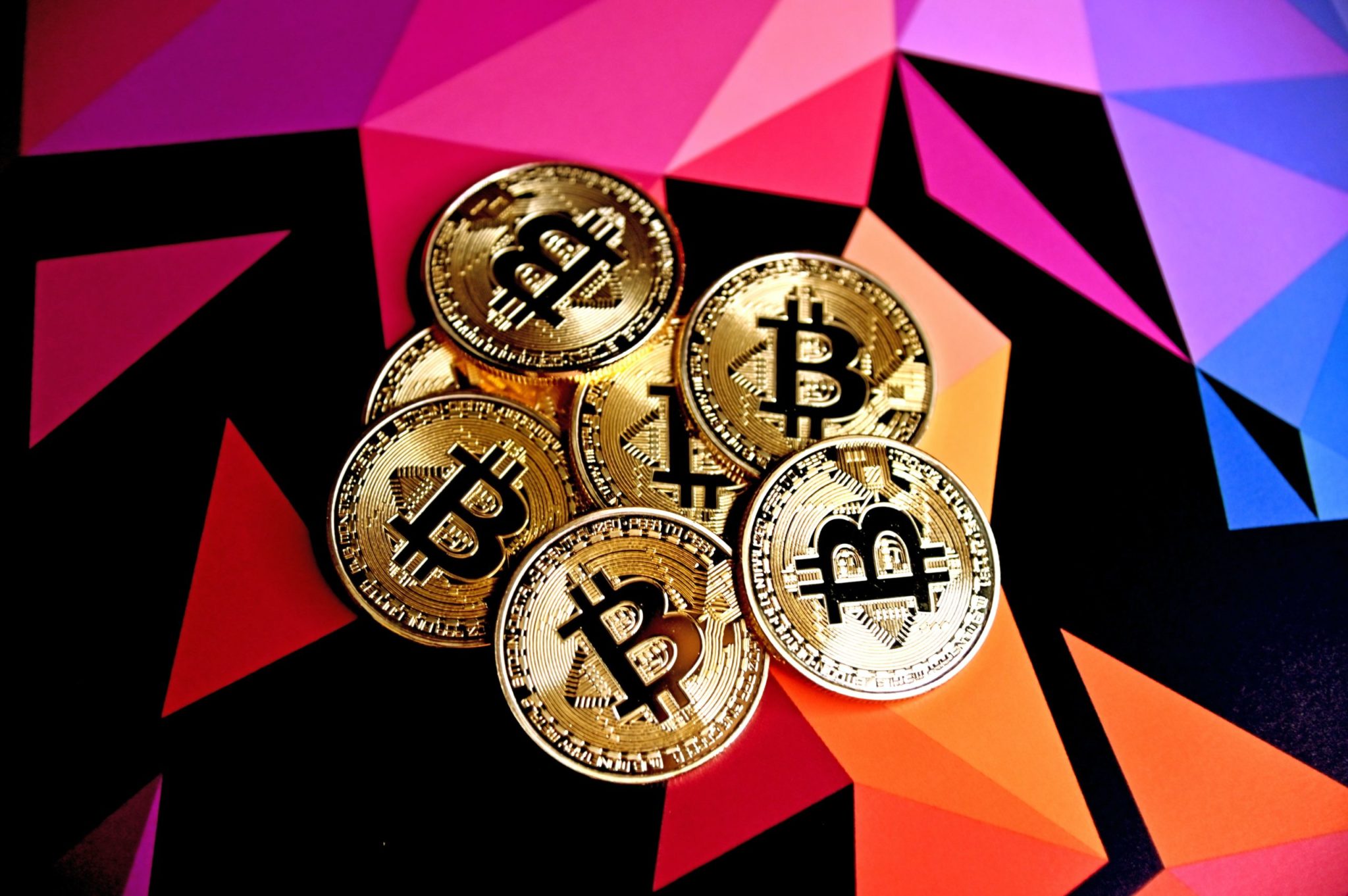The Ultimate Guide for Using Bitcoin
Laszlo Hanyecz was the first individuals to pay for a product with Bitcoin back in 2010. Laszlo purchased two pizzas using this electronic currency. That means it’s now over a decade since people start using Bitcoin. And this electronic currency has gradually become a practical and popular way of spending money.
On average, the total confirmed daily payments that people make using this digital money has doubled from April 2018 to April 2021. In the U.S, PayPal and Tesla became the most prominent companies to start accepting Bitcoin payments. Other companies like Expedia, Overstock, Microsoft, and AT&T were already accepting Bitcoin.
Initially, people could access Bitcoin through the mining process only. Bitcoin mining involves transactions verification or solving complex math problems and receiving Bitcoin tokens as a reward. However, today people purchase Bitcoin on digital platforms like Bitcoin Trader. Thus, individuals can buy Bitcoin using fiat money on such systems. After buying your Bitcoins, you can send them to your digital wallet, from where you can spend them on online and local purchases.

Right now, people are making big purchases like purchasing cars with Bitcoins. Others are spending Bitcoin on small transactions like paying for home décor installation. Early adaptors have also watched Bitcoin’s value increase over 100-fold within a few years. And this has prompted them to accumulate more Bitcoins.
What’s more, the increasing number of places where people can spend Bitcoin has increased its adoption and popularity the world over. When the Covid-19 pandemic prompted more people to move towards digitization, Bitcoin payments increased due to its rapid adoption.
While more people use traditional payment methods like cash or credit cards, others opt to pay with Bitcoin. And the overall merchants’ number that accepts Bitcoin payments is increasing by the day.
Using Bitcoin
With more consumers and companies accepting Bitcoin’s payment, its use is also growing. To use this electronic currency, you need a digital wallet. Also called a crypto wallet, this is an application that allows you to send and receive Bitcoin. And there are many types of digital wallets from which you can choose the one to use. They include online or desktop software, hardware like USB drives, and mobile apps.
Once you have a crypto wallet, use a cryptocurrency exchange to purchase Bitcoin with fiat money. Register with a reliable crypto exchange and link it to your bank account or your preferred payment method. Purchase Bitcoins via the crypto exchange and then send them to your digital wallet. From there, you can pay with Bitcoin by scanning a QR code of the recipient or using their wallet address.
Bitcoin is an ideal digital payment method because it’s convenient and fast. What’s more, this electronic currency uses blockchain to ensure the transparency of transaction details. And you enjoy more anonymity when paying with Bitcoin because you don’t disclose personal and financial information.
Why Spending Bitcoin Can Be Hard
Bitcoin is more of a digital asset rather than a common currency. This cryptocurrency’s value comes primarily from market participants’ prices rather than a central authority’s policy. What’s more, Bitcoin doesn’t have a tie with a physical commodity like gold.
The fact that no central authority manages or regulates Bitcoin makes it attractive to investors. What’s more, Bitcoin is available online only, and it allows for anonymous and secure transactions. While such attributes make Bitcoin attractive to traders and investors, its volatility is the primary hindrance to its adoption as a regular currency. That’s because some merchants fear that they can accept Bitcoin when its value is high, and then it declines shortly, leading to losses.
Final Thoughts
Bitcoin’s popularity has rapidly grown over the years. The number of people using it to purchase goods and services is increasing the world over. However, this virtual currency has several hurdles to overcome before it becomes a globally accepted currency.
This article has been scheduled in accordance with Socialnomics’ disclosure policy.









